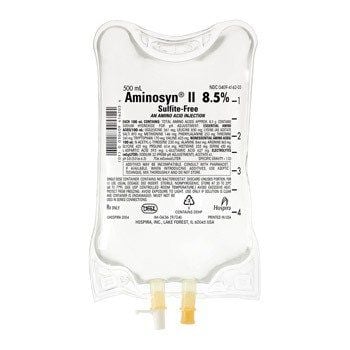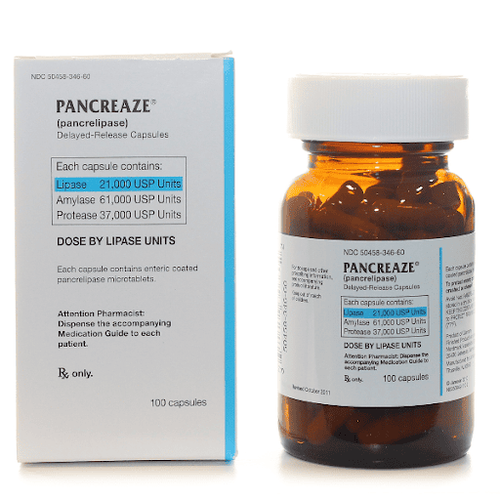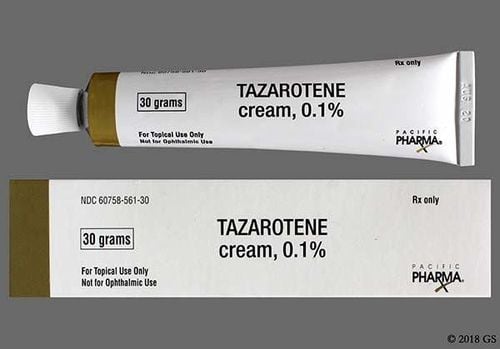This is an automatically translated article.
Lobster belongs to the group of shellfish that are usually prepared by steaming or boiling methods. Lobster contains quite a lot of nutrients good for overall health as well as nervous system, bones... The most prominent nutritional components of lobster include the minerals copper and selenium. The article will provide more benefits of lobster when added to the diet.
1. Nutritional composition of lobster
Lobster belongs to the group of shellfish that are usually prepared by boiling or steaming. Lobster can be used as a main course in everyday meals, can be enjoyed as a sandwich filling, or add lobster to rich dishes such as: pasta, mashed potatoes and eggs Benedict.
Nowadays, with the development of society and media everyone knows lobster as an expensive food, however, lobster is not always known as that information. In the 17th century, colonists in Massachusetts viewed lobster shells in their homes as a sign of poverty, and they only fed lobsters to their servants. By the 1940s, people could buy a can of baked beans for five times the price of lobster. Lobster today is also known as a delicious, nutritious and relatively expensive food. The explanation for this is partly due to the discovery that cooking lobster raw makes the dish more palatable, rather than killing it first and then cooking it later.
Several Knowledge Centers also contribute to a collection of articles on the health benefits of popular foods. The center's data also provides a nutritional breakdown of lobster and insight into the possible health benefits of lobster, as well as ways to incorporate more lobster into the diet. your intake and any potential health risks of consuming lobster.
Lobster fast facts
Lobster is an excellent source of selenium and also contains omega-3 fatty acids. They may help protect against thyroid disease, depression, and anemia. Lobster can be the main source of protein in a meal. Thaw frozen lobster in the refrigerator, not at room temperature. Nutrition Facts
Lobster is known as a powerful source of copper and selenium. According to the United States Department of Agriculture (USDA) National Nutrient Statistical Database, a cup of cooked lobster weighing about 145 grams (g) contains: 129 calories; 1.25 g fat; 0 g of carbohydrates; 27.55 g protein; 3% of a person's daily vitamin A requirement; 9% daily calcium; 3% Daily Iron
In addition to the main minerals in lobsters are copper and selenium, lobster also contains zinc, phosphorus, vitamin B12, magnesium, vitamin E and small amounts of omega-3 fatty acids.

Tôm hùm có chứa nhiều dinh dưỡng, tốt cho sức khoẻ, hệ thần kinh và chắc xương
Nutritional composition of lobster contains cholesterol. However, recent studies have suggested that not all cholesterol levels in food can be harmful, and that saturated fat intake is directly related to health. increased levels of harmful cholesterol. Polyunsaturated fats can help lower blood cholesterol levels while reducing both the risk of stroke and heart disease-related problems.
Although the overall fat content of lobster is quite high, lobster is not a significant source of saturated fat.
2. The benefits that lobster can bring to health
What are the benefits of eating lobster? Omega-3 fatty acids can help lower cholesterol levels in the body. Many studies have suggested that consuming more fish and shellfish reduces the risk of obesity, diabetes and heart disease while promoting healthy cholesterol levels. Fish and shellfish, including lobster, are particularly important for providing omega-3 fatty acids, which are found in very few foods.
150 grams of wild spiny lobster is estimated to provide each serving with about 200 to 500 milligrams (mg) of omega-3s. The more common northern lobster can provide 200 mg for the same serving.
The fatty acid content in lobster is not the highest in fish and shellfish, so is it good to eat lobster? Either way, lobster is still a significant source of these important nutrients.
Thyroid Disease
Selenium has proven qualities that make it a necessary ingredient for healthy thyroid function. Selenium functions as an antioxidant and also helps the thyroid gland absorb and metabolize hormones.
A meta-analysis that has shown that people with thyroid disease who will often experience a selenium deficiency have noted benefits from increasing their selenium intake, including improved general well-being, elevation of mood, and improved overall health. improve thyroid function. Lobster is known for a good source of selenium.
Mental health benefits
According to the National Institute on Alcohol and Abuse and Alcoholism (NIAAA) of the National Institutes of Health in Bethesda, omega-3 fatty acids have also been shown to help reduce aggression , impulsivity and depression in adults.
Selenium deficiency in children is also an environmental contributor to attention deficit hyperactivity disorder (ADHD). Therefore, you should ensure that children consume enough selenium which can help reduce the risk of ADHD.
Anemia
The effect of copper when combined with iron to form red blood cells. Anemia occurs when you don't have enough red blood cells or the red blood cells don't work properly. It can also be a symptom of copper deficiency.
Consuming the adequate copper mineral as recommended will benefit people with all forms of anemia. Lobster has one of the highest copper content of any food.

Hàm lượng đồng cao trong tôm hùm giúp tạo ra các tế bào hồng cầu cần thiết cho cơ thể
3. Lobster included diet
While lobsters are all known for their hefty costs, eating cooked lobster isn't the only way to include this delicious, lean seafood in your diet. Here are some quick tips for preparing lobster for a meal.
Use lobster as your main source of protein. Add lobster to pasta or rice dishes. Chop lobster for salad dressing. Make lobster rolls or burgers. When preparing lobster you should avoid using your lobster votis with cheap and substandard butter, which is served at many seafood restaurants. Instead, choose a high-quality butter when working with lobster. You can squeeze lemon into your lobster to enhance the flavor. Or you can also try these delicious and healthy recipes developed by registered nutritionists:
Lobster and risotto Roasted California avocado and drunk lobster salad
4. Some possible risks when using lobster in daily meals
Shellfish often contain a few common food allergens. If you have a history of shellfish allergy, then you should avoid selecting and eating lobster in your dish. The ingredients in lobster can contain moderate amounts of mercury and should be consumed six or less times per month. In particular, women should limit eating foods high in mercury if pregnant.
To reduce the risk of foodborne illness, buy fresh lobster, properly refrigerated at 4 degrees Celsius or below. If the lobster has a "fishy" smell, it should be discarded to choose another, cleaner food.
When buying frozen lobster, be sure to defrost it in the refrigerator, not on the counter or in the sink, and don't give microorganisms a chance to grow. Lobster should be cooked to an internal temperature of 63 degrees Celsius.
When selecting and using lobster in your diet, it is important to keep in mind that your total diet or overall eating pattern is important. considered the most important factor for disease prevention and healthy function. It's better to eat a varied diet than just focusing on individual foods for better overall health.
Please dial HOTLINE for more information or register for an appointment HERE. Download MyVinmec app to make appointments faster and to manage your bookings easily.
Reference source: medicalnewstoday.com













